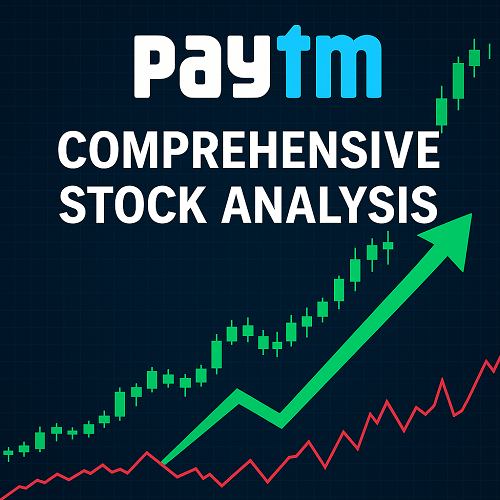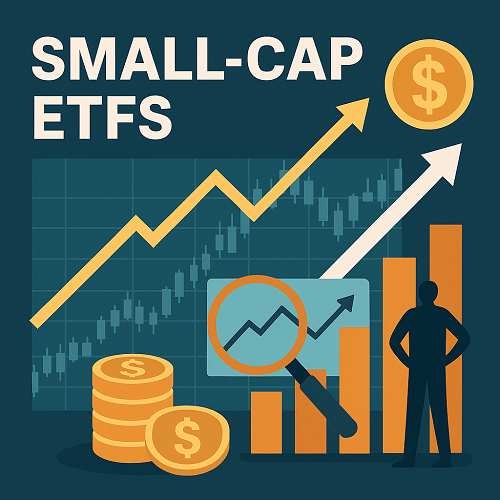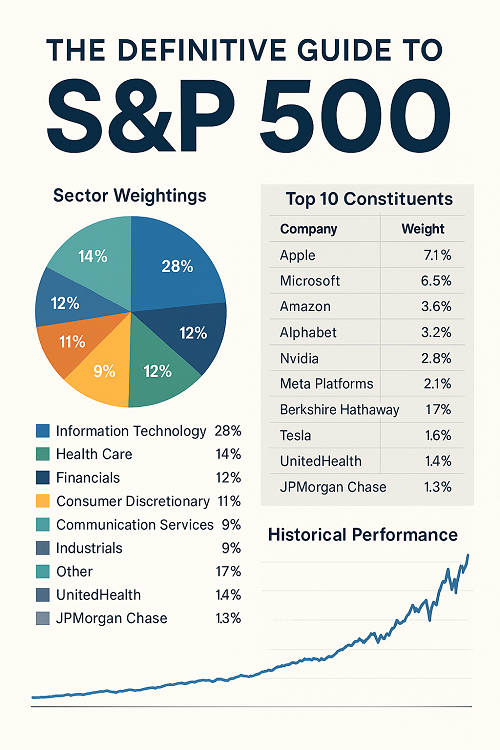In the fast-growing Indian fintech market, One97 Communications Limited — trading on the National Stock Exchange of India under the symbol PAYTM.NS — stands as a prominent player offering payments, commerce, financial services and more. As of October 2025 the stock trades in the ~₹1,300 range.
This article dives deep into the company’s business model, recent financial results, valuation, and growth outlook — with the goal of providing investors with a superior resource to what they may find via the standard quote page.
Company & Business Model Overview
Founded in 2000 and headquartered in Noida, India, One97 Communications provides a wide array of digital financial services: payments facilitation (consumer & merchant), lending (for consumers and merchants), wealth management, mobile-recharge and utility bill payments, offline merchant payments via QR codes, card machines, and the digital distribution of credit, insurance, mutual funds and broking services.
The core value proposition of Paytm is to serve as a one-stop digital platform for Indian consumers and merchants, leveraging the rapid shift toward mobile and digital channels.
In addition to payments, Paytm’s model targets incremental monetisation via:
- Merchant digital services and advertising
- Lending and financial product distribution
- Offline merchant acceptance (soundbox, QR, card machines)
This diversification gives Paytm a hybrid payments + fintech “platform” model rather than a pure payments processor.
Market Opportunity & Competitive Landscape
India’s digital payments and fintech market remains among the fastest-growing globally. According to multiple sources, the consumer shift toward mobile wallets, UPI (Unified Payments Interface) usage, digital lending, and SME/merchant digital adoption creates a large addressable market.
Key competitors include other Indian fintech and payments companies (both large banks and non-bank fintechs), as well as international fintech players (though local regulatory and payments network conditions favour home-grown players).
For Paytm specifically, its coverage across consumer/merchant, online/offline gives it competitive leverage — though incumbents and new entrants (banks, big tech, fintech start-ups) pose competition.
Moreover, regulatory developments (payments aggregator regulation, licensing, consumer protection) are a key part of the competitive/operating environment.
Recent Financial Performance
From the key-statistics page of Paytm:
- Annual revenue (trailing twelve months, TTM) stood at ~ ₹73.16 billion (in the Indian INR-denominated figures).
- Net income (Aviable to common) ~ ₹3.03 billion.
- Profit margin ~ 4.14 %.
- Price/sales ~ 10.44; price/book ~ 4.97.
- Trailing P/E ~ 246.93.
These metrics suggest Paytm is still in growth/scale-up phase: high valuation multiples indicate market expectations of significant growth ahead; profit margin remains modest; revenue growth (quarterly revenue growth yoy 27.7% according to one stat) indicates momentum.
Comparatively, the stocks of more mature fintech firms might trade at lower P/E and lower price/sales multiples — which hints that Paytm’s market value embeds strong growth expectations.
Valuation Metrics & Comparables
Valuation snapshot:
- Market Cap (intraday) ~ ₹837.8 billion.
- Enterprise Value/Revenue ~ 9.51.
- Enterprise Value/EBITDA is extremely high (~1.46k) — indicating minimal EBITDA relative to enterprise value, or large expectations baked-in.
Comparable considerations:
When comparing Paytm to global/Indian fintech peers, note that many peers may have lower growth rates but higher profit margins. Thus Paytm’s premium valuation may be justified if growth executes as expected. Key questions: can Paytm scale merchant services, financial products distribution, offline payments?
We also must factor currency (INR), regulatory risk (India fintech regulation), and macro environment (consumer spending, digital adoption).
Valuation Summary:
Paytm trades as a “growth fintech platform” rather than a yield-oriented dividend payer. Investors are betting on multiple growth levers: merchant monetization, lending growth, insurance/wealth distribution, offline payments scale. The high P/E and price/sales reflect that.
SWOT Analysis
Strengths:
- Strong brand recognition in Indian digital payments.
- Broad service set: payments + lending + wealth + merchant services.
- Large consumer & merchant base already in place, enabling cross-sell.
- India’s digital payments growth tailwinds (mobile adoption, UPI ecosystem).
Weaknesses:
- Thin profit margins currently; high valuation leaves little margin for error.
- Dependence on regulatory/licensing environment.
- Competitive pressure from banks, large tech firms, new fintechs.
- Execution risk: moving from payments to high-margin financial services takes time and discipline.
Opportunities:
- Expansion of offline merchant acceptance (large underserved market in India).
- Growth in lending/credit distribution for consumers & merchants.
- Insurance, wealth management and broking services via platform.
- Potential for geographic expansion (Middle East/Southeast Asia) or new verticals.
Threats:
- Regulatory changes (e.g., payment aggregator rules, data privacy, interest/loan regulation).
- Macroeconomic headwinds (slowdown in consumer spending, inflation in India).
- Technology disruptions or new entrants offering lower cost/more convenient solutions.
- Execution/scale risk: if growth slows, valuation premium may compress.
Risks & Catalysts
Key Risks:
- Slower-than-expected growth or inability to monetise the large user base.
- Rising credit losses or provisioning costs in lending arm.
- Regulatory crackdown or increased compliance cost in fintech.
- Currency risk and macro-economic risk in the Indian market.
Potential Catalysts:
- Strong quarterly revenue/margin beat, especially in merchant services or lending.
- Launch of new high-margin services (wealth, insurance, broking) gaining traction.
- Strategic partnership or acquisition expanding footprint or reducing cost.
- Favorable regulatory changes easing fintech operations or payments aggregation.
Investor Outlook & Recommendation
Given Paytm’s current metrics and growth prospects, an investor must ask: Is the growth sufficient to justify current valuation?
If growth executes well — particularly in high-margin services beyond payments — there is meaningful upside. Conversely, if growth stalls or margins compress, the high valuation leaves limited downside buffer.
Recommendation Framework:
- For growth-oriented investors comfortable with risk: Paytm may be an attractive speculative fintech play in India.
- For more conservative investors seeking also margin of safety: the high P/E and price/sales may warrant waiting for more consistent profitability/margin improvement before investing.
Conclusion
The Paytm story is compelling: large addressable market, strong brand, diversified fintech platform. But the premium valuation means that execution must follow. Investors should monitor growth in merchant services, lending, wealth/insurance, and regulatory developments closely.
FAQ
Q: Does Paytm pay a dividend?
A: No, as of now Paytm does not pay a regular dividend.
Q: What is Paytm’s valuation multiple?
A: Trailing P/E is ~246.93 and price/sales ~10.44.
Q: What are the major growth levers for Paytm?
A: Merchant services, lending and financial products distribution, offline payments expansion.





 XAUT-USD
XAUT-USD  AMD
AMD  MARA
MARA  SHOP
SHOP  BULL
BULL  CL=F
CL=F